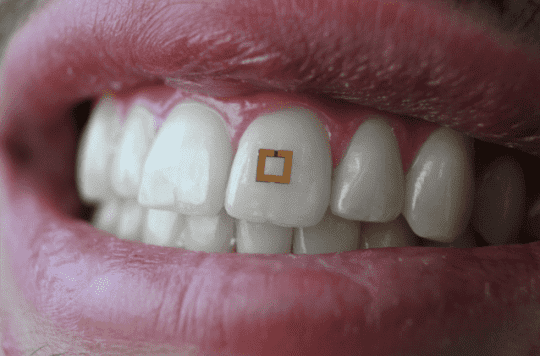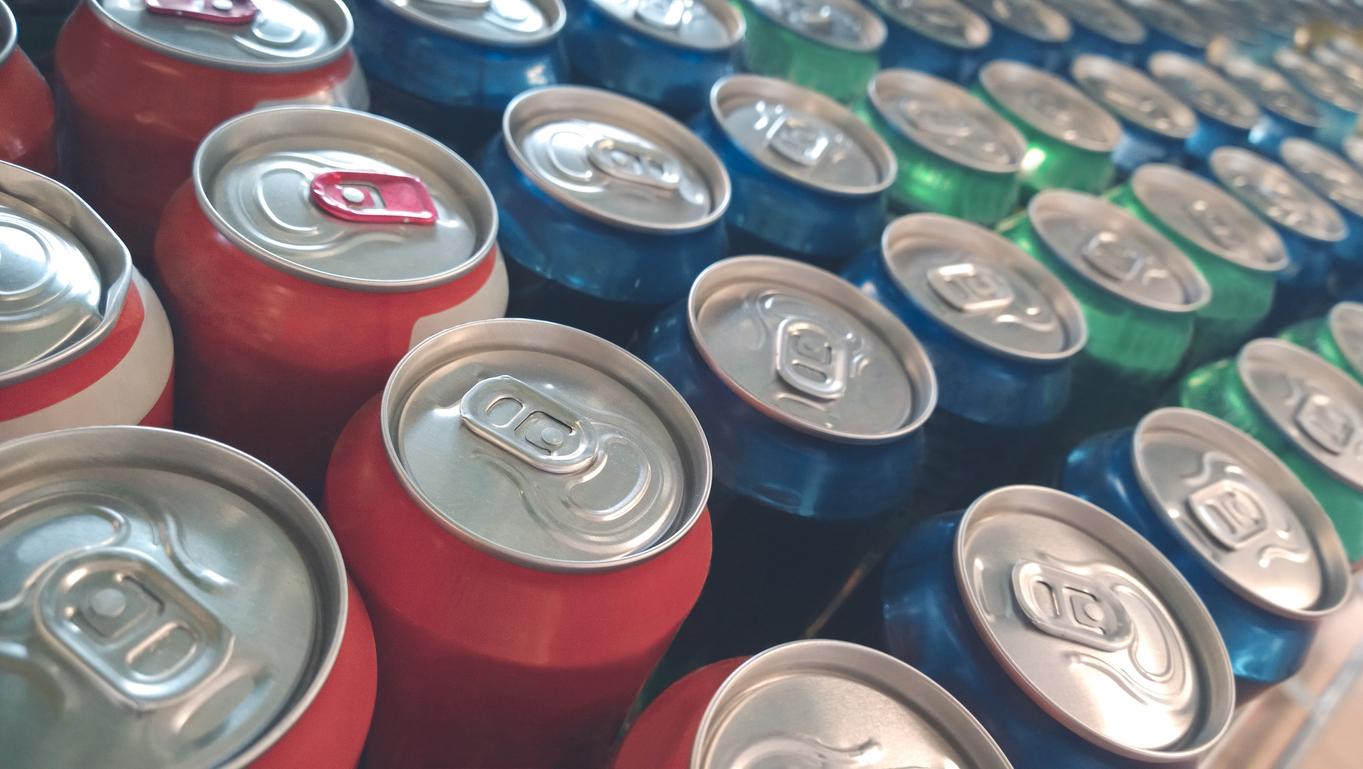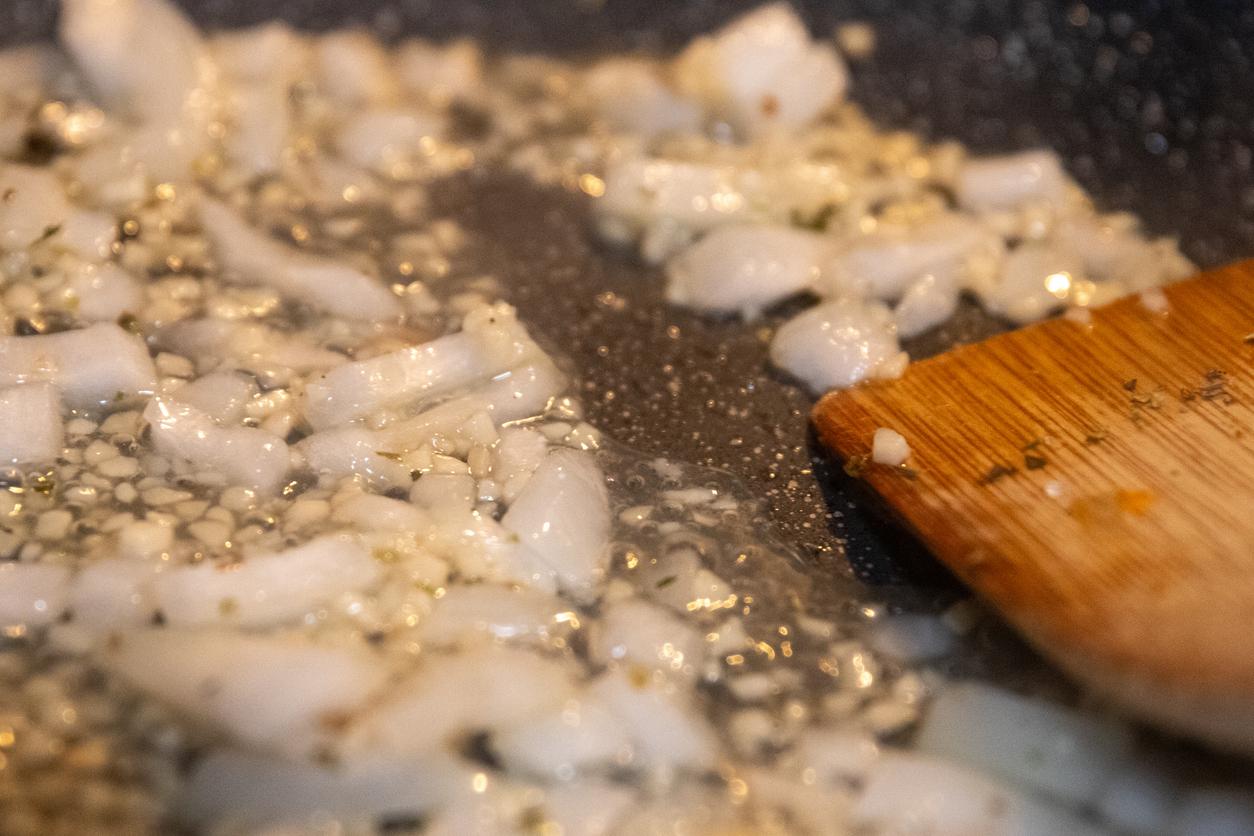Researchers have just developed a miniaturized sensor which, implanted in a tooth, can transmit information on the consumption of glucose, salt or alcohol. Ultimately, it can be of great help in monitoring its diet and ensuring its good physical condition.

Monitor alcohol consumption and nutrient intake in real time: this may soon be possible.
From researchers from the Tufts Univesity School of Engineering have just developed miniaturized sensors which, mounted on the teeth, have the ability to transmit to a mobile device very valuable information on what we eat, such as our consumption of glucose, salt or alcohol .
Coming soon in the review Advanced Materials, their work gives hope that a future adaptation of these sensors may allow the detection and recording of a wide range of nutrients, chemicals and even physiological states.
A microchip sensitive to sugar and alcohol
“We have extended the common RFID technology [radiofréquence ID] to a set of sensors that can dynamically read and transmit information about their environment, whether they are affixed to a tooth, to the skin or to any other surface ”, explains Fiorenzo Omenetto, professor of engineering and principal author of the study.
The sensors that its teams have developed look like microchips measuring 4 mm by 4 mm and 2 mm by 2 mm. Each is made up of three active layers made of titanium and gold, with an intermediate layer of silk fibers or water-based gels. Together, the three layers function as a tiny antenna, which collects and then transmits information via wireless signals to tablets or smartphones.
To test them, the researchers first carried out a small-scale study on four volunteers who wore the sensors on their teeth. The microchip thus implanted was able to differentiate between sugary and alcoholic drinks.
“In theory, we can change the bioresponsive layer in these sensors to target other chemicals – we’re really limited only by our creativity,” enthuses Prof. Omenetto.
Valuable technology to monitor your diet
Most of the experimental research has been concerned with using different thicknesses for the middle layer in order to find out which one worked best. The study found that thinner intermediate layers allowed better sensitivity to changes in liquids, but thicker layers reacted faster. The researchers also found that the sensor took longer to reset when it came into contact with liquids with a high salt content.
Still at the experimental stage, the sensor is far from being marketed. Researchers cannot predict how much this technology will cost, nor whether the public will be willing to buy and use it. However, say the researchers, these dental sensors can be of great help to those who monitor their diet, their nutrient intake or who want to control their alcohol consumption.
Researchers at @TuftsEngineer developed tiny tooth-mounted sensors that can track what you eat in real-time and transmit information on glucose, salt and alcohol intake. https://t.co/7i2fr1q8Hj
– Tufts University (@TuftsUniversity) March 22, 2018
.















